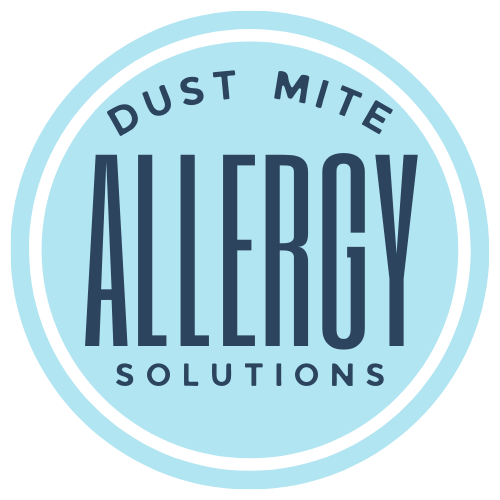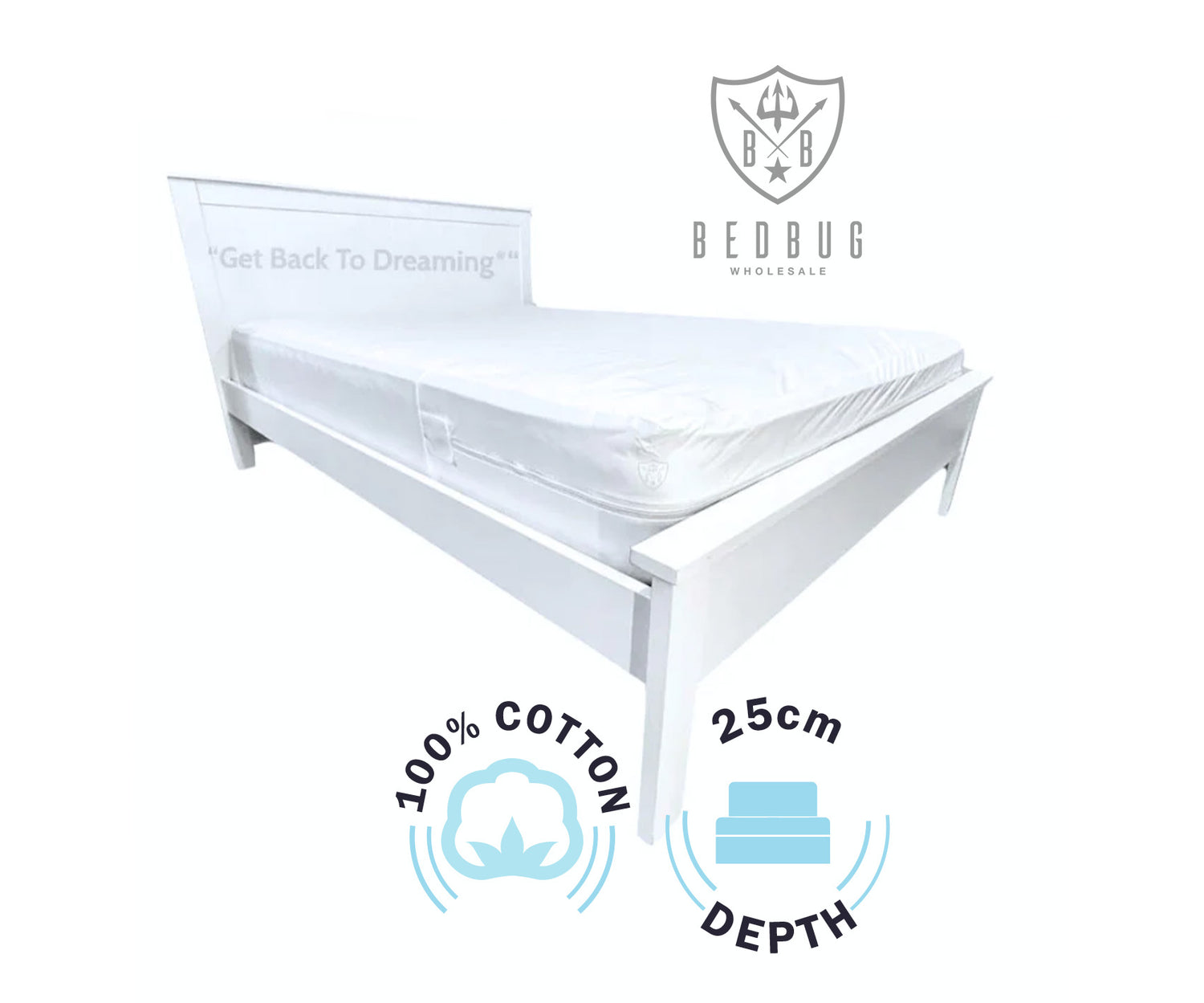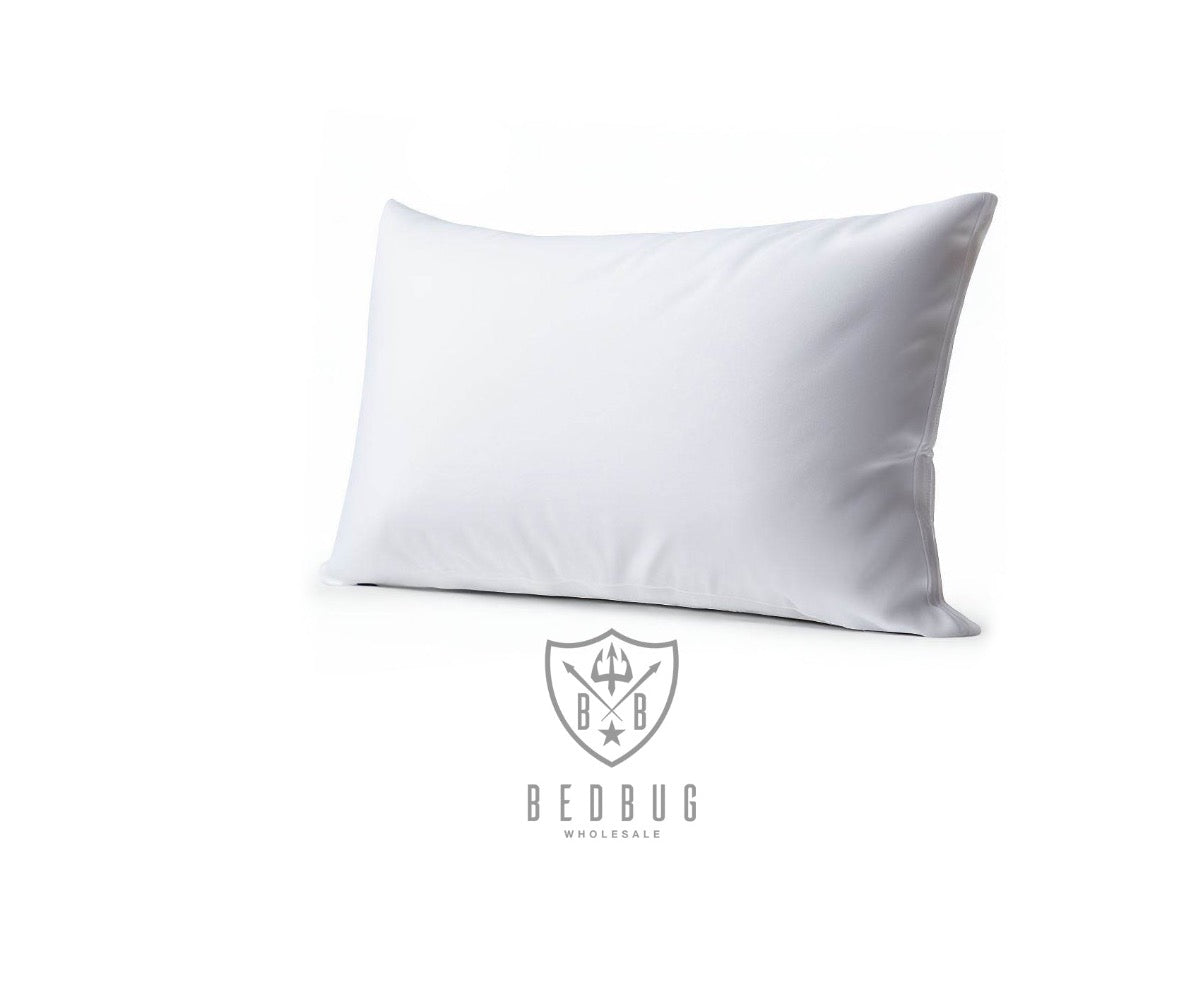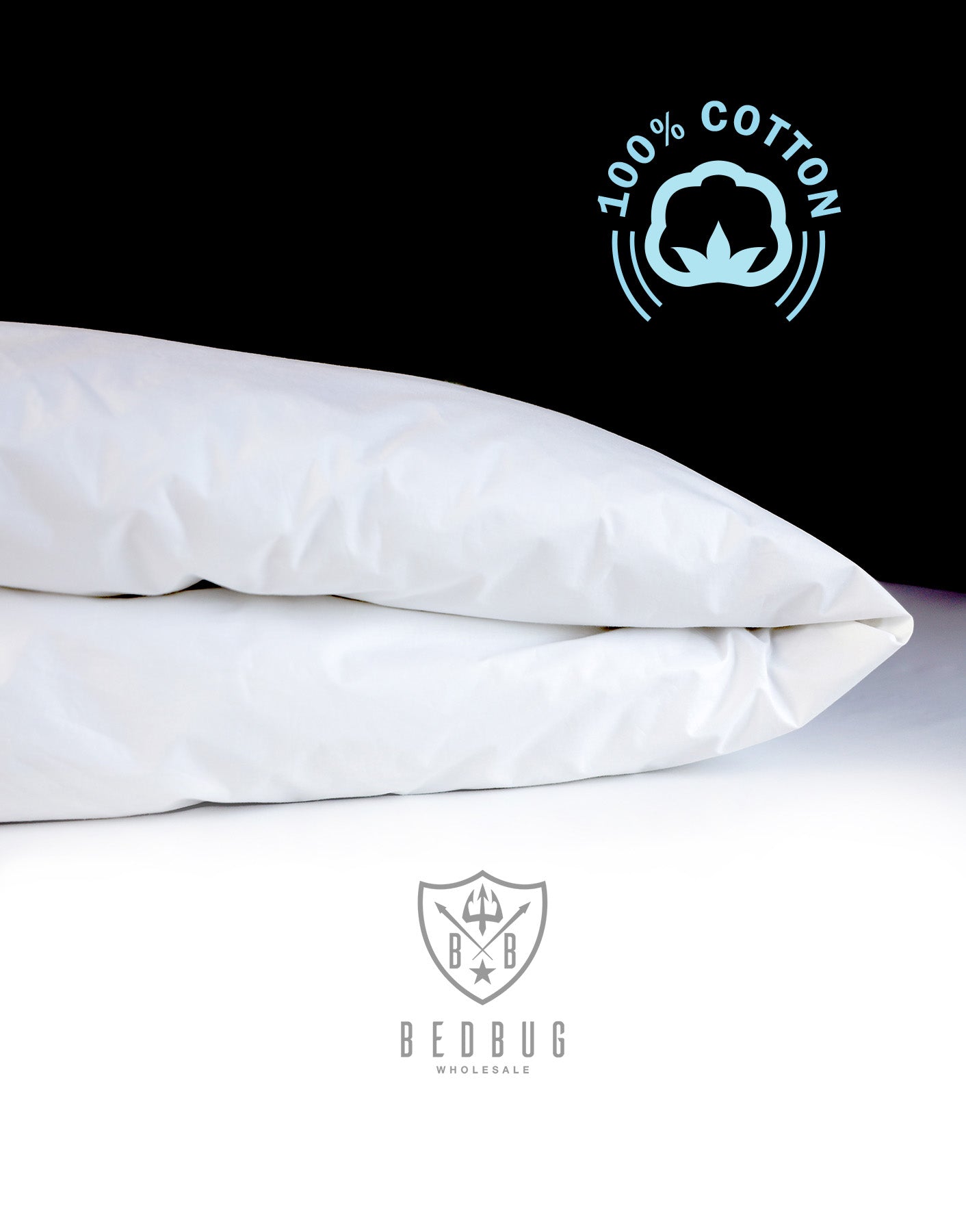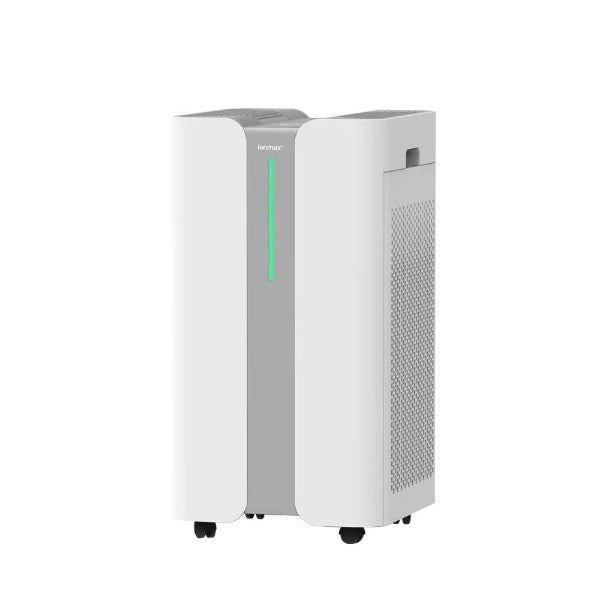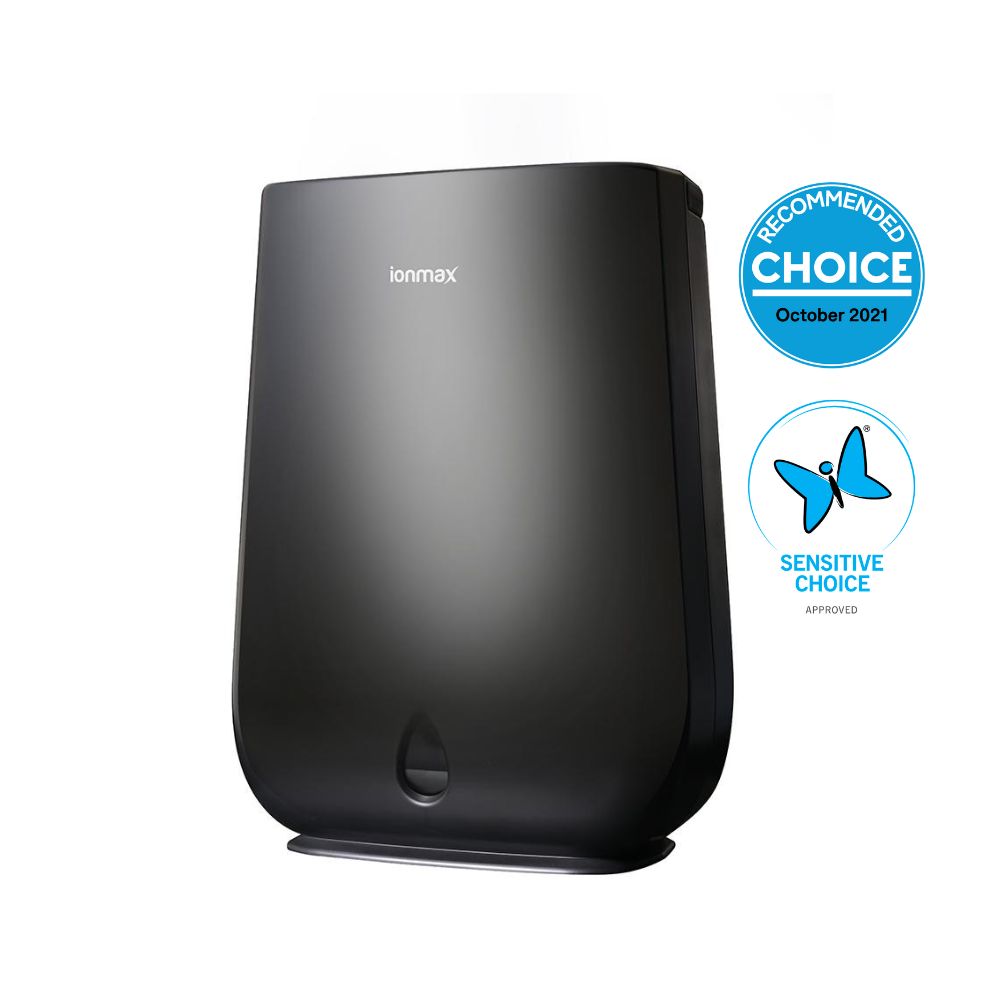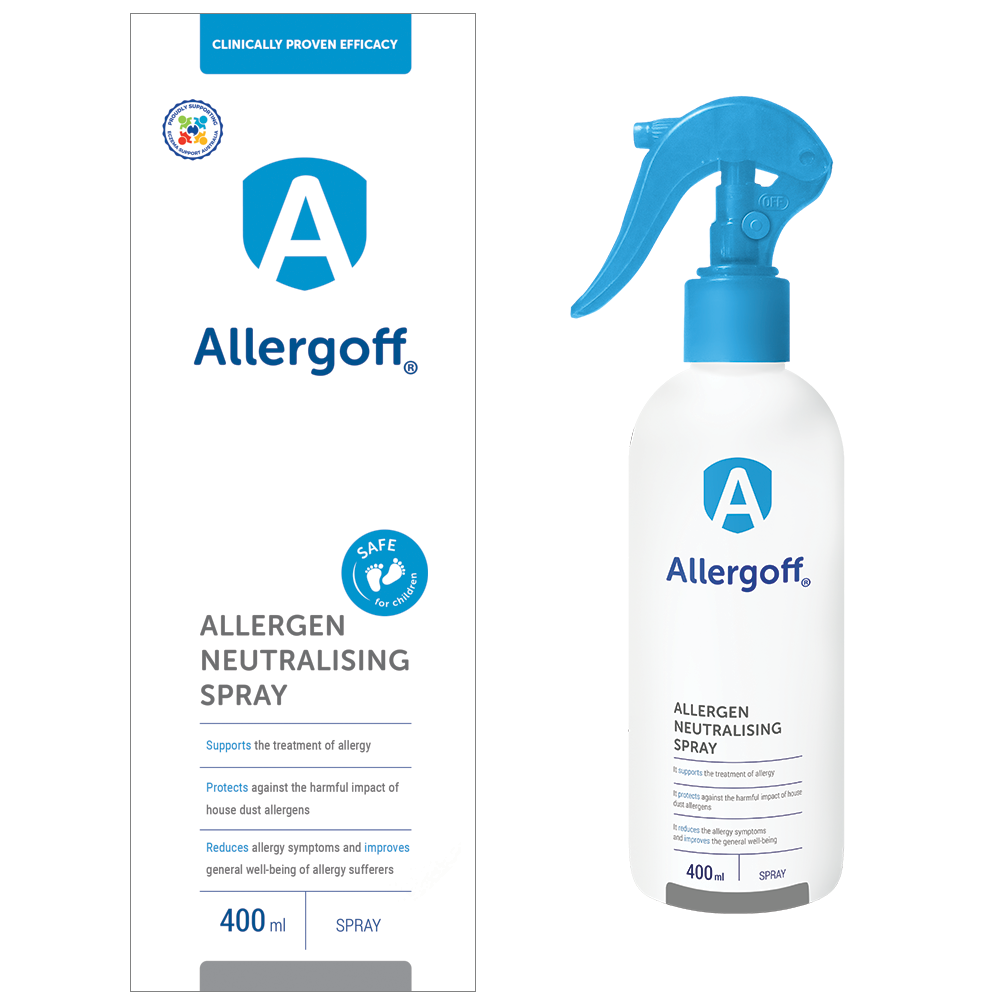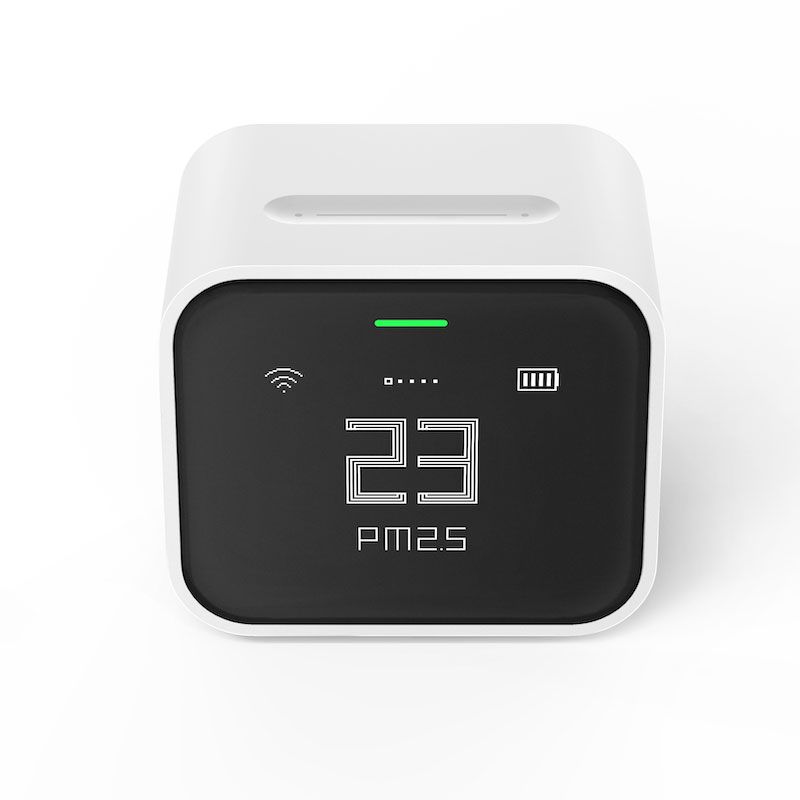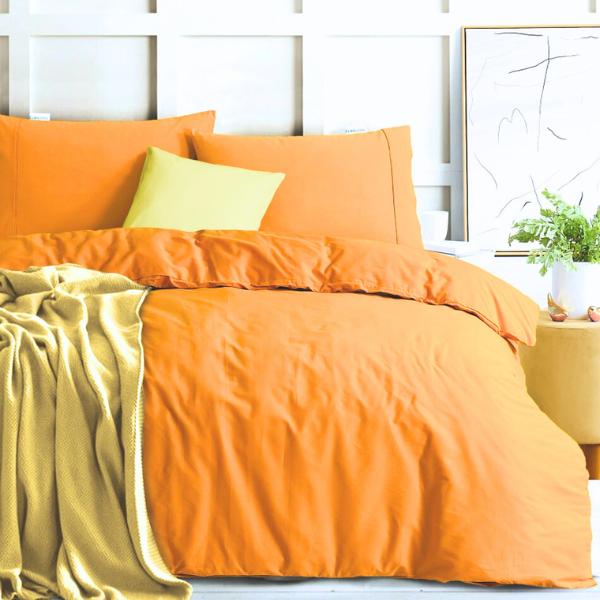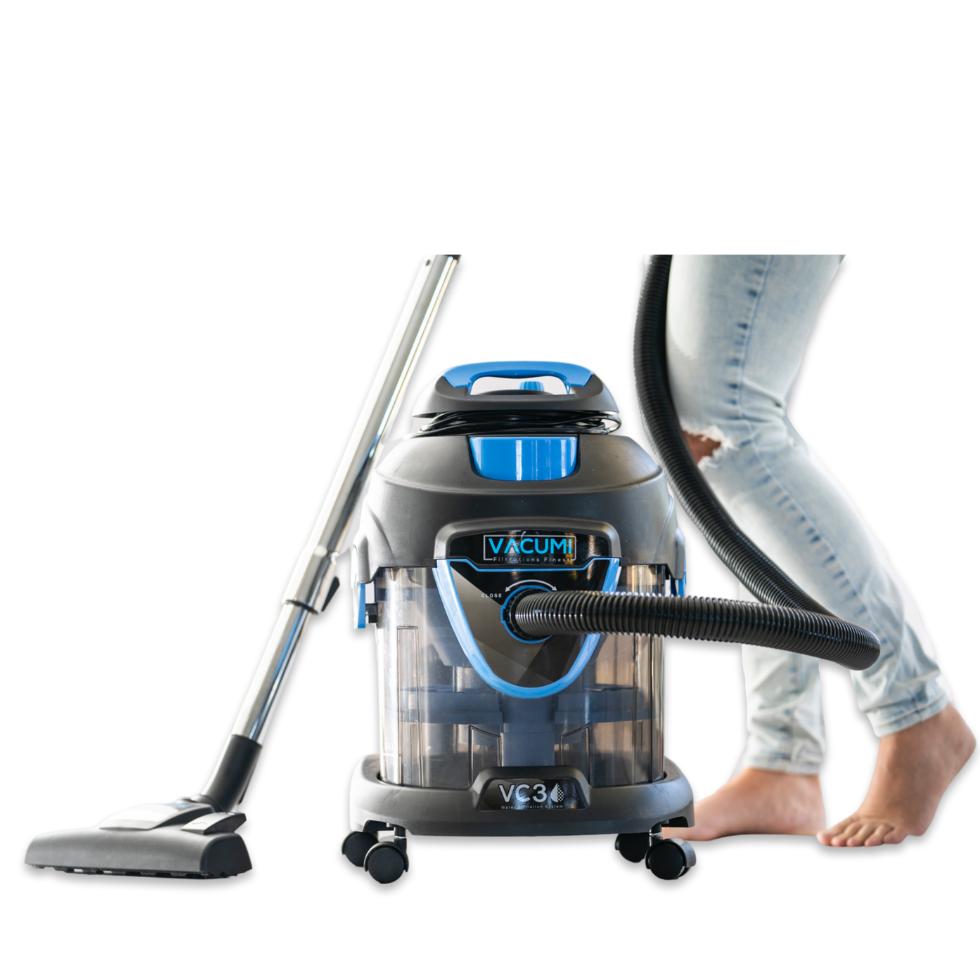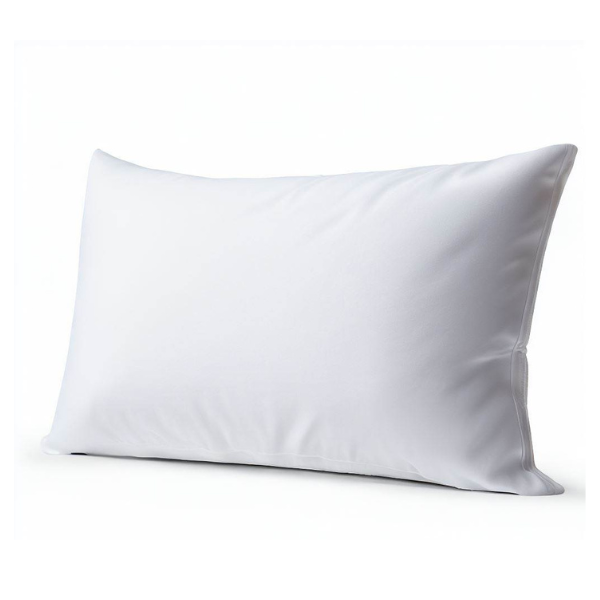What are dust mites?
According to Science Direct, house dust mites were first identified as a major source of allergens in 1967 after being discovered in damp homes in the Netherlands. This discovery has since highlighted the widespread impact of these minuscule creatures on human health.
Dust mites are very small bugs that are nearly invisible to the naked eye. Thriving in warm, humid environments, they feed on dead skin cells shed by humans and animals.
Commonly found in household dust, these mites favor environments like mattresses, bedding, curtains, soft toys, upholstered furniture, and carpets.
Although they do not bite or sting, their waste products and body fragments can trigger allergies and asthma, as noted by the Better Health Channel. This makes understanding and managing their presence in homes particularly important for health and well-being.
Can you prevent dust mites?
You can prevent dust mites to an extent, though completely eradicating them from a home environment is challenging. Dust mites are microscopic organisms that thrive in warm, humid conditions and feed on dead skin cells. Preventing them involves creating conditions that are less hospitable to their survival and reproduction. Read on to find out how to prevent dust mites.
What is the difference between killing dust mites and preventing dust mites?Can you get rid of dust mites completely?
How to prevent dust mites in a room?
How to prevent dust mites in bedding
How to prevent dust mites in clothes
How to prevent dust mites in mattresses
How to prevent dust mites in pillows
How to prevent dust mites in bedroom
What is the difference between killing dust mites and preventing dust mites?
Killing dust mites involves eliminating the existing population within your home. This is usually done through methods that kill the mites.
On the other hand, preventing dust mites focuses on creating conditions that discourage their growth and reproduction.
Prevention is often about maintaining an environment that is not conducive to dust mite survival.
Can you get rid of dust mites completely?
It is nearly impossible to completely eliminate dust mites from a home environment. However, you can reduce their numbers.
The goal is to minimise their impact on allergy sufferers through regular cleaning and maintenance strategies.
According to Mayo Clinic, "When you minimise your exposure to dust mites, you can expect fewer or less severe allergic reactions."
How to prevent dust mites in a room?
Preventing dust mites in a room requires a multifaceted approach, primarily focusing on reducing the humidity and cleanliness of the environment. Here’s how you can effectively prevent dust mites in any room:
Control humidity
Dust mites thrive in humid environments, so keeping the humidity low is crucial. Aim to maintain indoor humidity levels below 50%. You can achieve this by:
- Using a dehumidifier to reduce moisture in the air.
- Ensuring good ventilation, especially in areas like the kitchen and bathroom where moisture levels can be high.
- Using air conditioners during humid seasons to help remove moisture from the air.
Regular cleaning
Regular and thorough cleaning is essential to reduce dust mite populations:
- Vacuuming: Use a vacuum cleaner equipped with a HEPA filter to trap dust mites and their allergens. We recommend a vacuum with HEPA and water filter Vacumi VC3. Vacuum carpets, rugs, and floors at least once a week, and more frequently in high-traffic areas.
- Dusting: Wipe surfaces with a damp cloth or use an electrostatic duster that can trap dust instead of just moving it around. This should be done weekly.
- Declutter: Reduce clutter where dust can accumulate, such as stacks of books, magazines, and old newspapers.
Choose appropriate furnishings
The type of furnishings in a room can affect dust mite populations:
- Flooring: Opt for hard flooring (like hardwood, laminate, or tile) over carpeting if possible, as it accumulates less dust and is easier to clean.
- Furniture: Choose furniture that is easy to wipe down and less likely to harbour dust mites, such as leather, wood, metal, or plastic.
Choose fabrics that dust mites won't love
Fabrics and textiles can be major hosts for dust mites:
- Wash bedding regularly: Wash all bedding weekly in hot water (at least 60 degrees Celsius) to kill dust mites.
- Curtains and drapes: Use washable curtains made of plain cotton or synthetic fabric and launder them frequently.
- Throw rugs: Use washable throw rugs and mats, and clean them regularly.
Click here for a complete list of how to eliminate dust mites.
How to prevent dust mites in bedding
Bedding is a favourite place for dust mites, but you can take steps to keep it clear:
- Use allergen-proof bed covers for mattresses, pillows, and duvets.
- Wash bedding weekly in hot water, at least 60 degrees Celsius.
- Consider choosing bedding made from synthetic materials instead of natural fibres, which might be less hospitable to mites.
Use dust mite-proof covers
Encase mattresses, pillows, and other bedding in dust mite-proof covers. These covers are made of tightly woven fabric that prevents dust mites from entering or exiting the bedding.
Air purification
Consider using an air purifier with a HEPA filter to help remove dust particles from the air. While this won't eliminate dust mites directly, it can reduce the overall dust levels (and thus potential food sources) in the room.
Pet management
If you have pets, keep them out of bedrooms and other areas where their dander (a food source for dust mites) can accumulate. Regularly bathe and groom pets to reduce the amount of dander and hair in the home.
Implementing these strategies consistently will significantly reduce the number of dust mites in a room and help create a healthier environment, especially for those with allergies to dust mites.
Read our Ultimate Guide to Hypoallergenic Bedding for Dust Mite Allergies
How to prevent dust mites in clothes
- Wash clothing regularly at high temperatures. Add essential oils like eucalyptus or tea tree to the wash.
- Store clothes in dust-proof bags or containers, especially if they are out of season.
- Dry clothes thoroughly before storage to prevent moisture build-up. Use a tumble dryer on a hot cycle for at least 10 minutes. Sun-dry clothes to leverage UV rays' mite-killing properties.
- Use dehumidifiers or air conditioners to keep humidity levels low (below 50%).
Read how to minimise dust mites naturally
How to prevent dust mites in mattresses

- Encasing mattresses and bedding in dust mite covers.
- Vacuuming the mattress regularly, especially when changing bedding.
Read our complete step-by-step guide to minimise dust mites in a mattress
How to minimise dust mites in pillows
Pillows should be managed similarly to mattresses:
- Use dust mite pillow protectors.
- Replace pillows every couple of years.
- Wash or freeze non-washable pillows to kill dust mites.
How to minimise dust mites in bedroom
The bedroom is a critical area to manage for dust mite prevention:
- Cover your mattress, pillow and duvet in dust mite covers
- Select hypoallergenic or anti-allergy bedding
- Choose allergy-friendly bed sheet materials
- Wash bedding regularly in high temperatures
- Vacuum and steam mattresses and upholstery
- Freeze stuffed toys, pillows and cushions
- Use a quality air purifier
- Reduce humidity
- Avoid carpeting and rugs
- Perform routine cleaning and dusting on a regular basis
